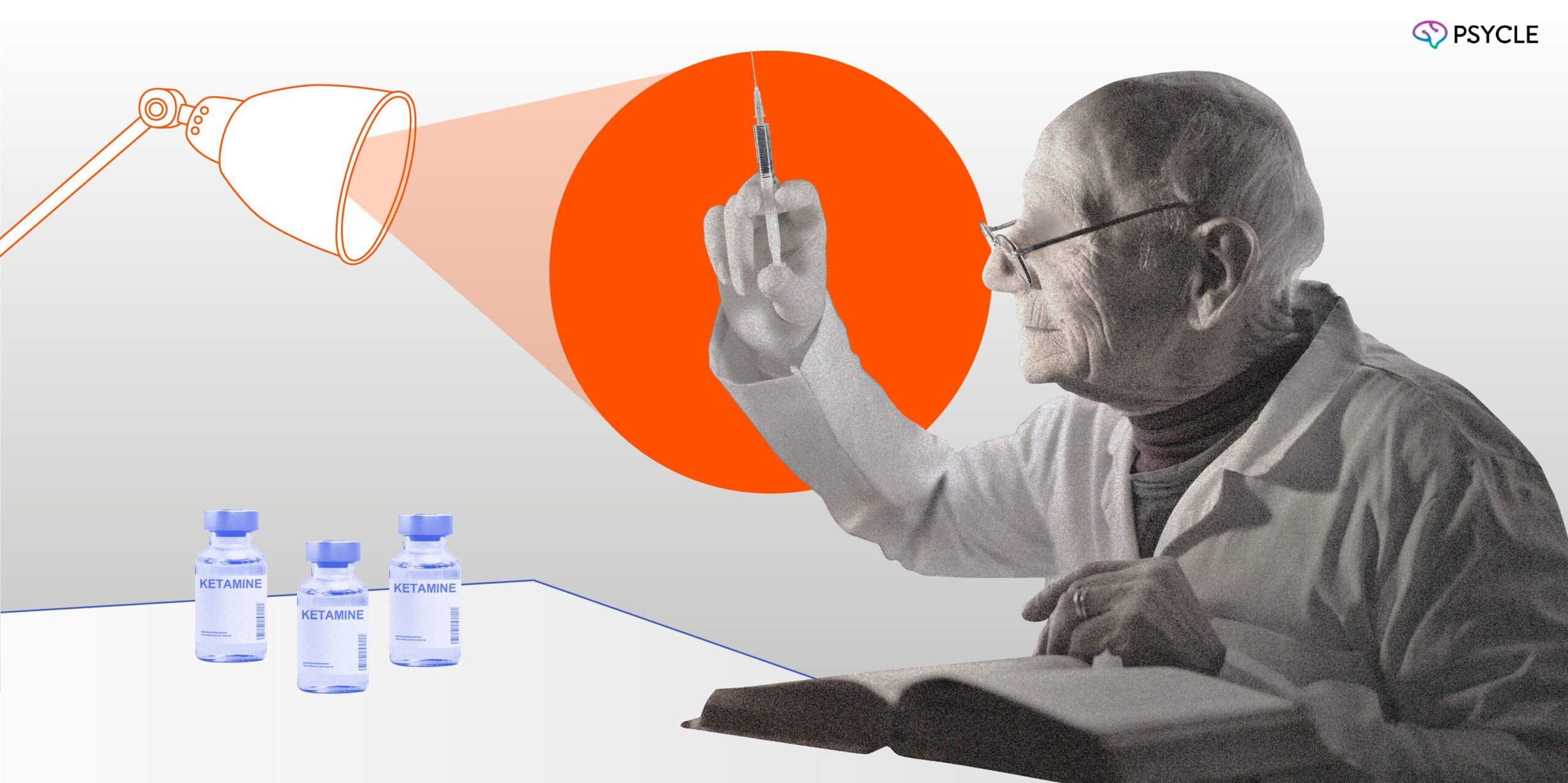Being aware of the history and origin of any invention can lead us to comprehend the reason for its existence and how it revolutionized a particular field. We will explore the history of ketamine- a potent anesthetic that has significantly changed the medical field’s landscape. We will journey through time and discover when ketamine was invented its origins, and the key figures involved in its discovery.
Ketamine has become the go-to drug for anesthesia and pain management worldwide. It has been used in surgeries, emergency rooms, and even as an antidepressant. Its ability to produce a dissociative state in patients, with minimal side effects, has made it a crucial drug in modern medicine.
Key Takeaways:
- Ketamine is a potent anesthetic that has significantly impacted modern medicine.
- Ketamine is renowned for producing a dissociative state in patients, with minimal side effects.
- In this article, we will explore the history of ketamine and its discovery.
- Learning about the history of ketamine can lead us to appreciate its revolutionary nature and impact.
- Ketamine is used worldwide for anesthesia, pain management, and even as an antidepressant.
Ketamine’s Invention and Impact
So, who invented ketamine? The credit goes to Dr. Calvin Lee Stevens and his team at the Parke-Davis Laboratories in Michigan in 1962. They were searching for a new and safer alternative to phencyclidine (PCP), a powerful anesthetic that had a high risk of causing hallucinations and psychotic reactions in patients.
Dr. Stevens and his team discovered ketamine, a synthetic compound that had similar anesthetic properties to PCP but without the unwanted side effects. They quickly realized that ketamine had a unique mechanism of action, blocking a specific type of receptor in the brain called the NMDA receptor. This mechanism made ketamine a valuable tool for anesthesia and pain management and psychiatric disorders.
The impact of ketamine on anesthesia cannot be overstated. Ketamine is highly effective for inducing anesthesia, especially in emergency and trauma situations where rapid onset is critical. Its unique properties also allow for lower doses, reducing the risk of respiratory depression, a common side effect of other anesthetic agents.
Beyond anesthesia, ketamine has been used as an alternative treatment for chronic pain and depression. In lower doses, it can relieve pain by altering the way the NMDA receptors interact with neurotransmitters, involved in transmitting pain signals. In psychiatric disorders, ketamine has shown rapid antidepressant effects, with some studies reporting significant improvements within hours of administration.
Ketamine’s invention has significantly impacted modern medicine. Its unique mechanism of action and versatility have made it a valuable tool for anesthesia, pain management, and psychiatric disorders. The discovery of ketamine stands as a testament to the ingenuity and dedication of those in the healthcare field.
Conclusion
Its invention by skilled scientists and doctors who dedicated themselves to advancing medical knowledge and technology has improved the lives of countless patients. Thanks to ketamine, procedures can be performed with less pain and discomfort, and patients can recover more quickly. Furthermore, ketamine may reduce the amount of opiates needed pre- and post-surgery. The discovery of ketamine stands as a testament to the ingenuity and dedication of those in healthcare, and its continued use plays a crucial role in modern medicine. As you move forward, remember the incredible impact that ketamine has had on medicine. Whether you are a healthcare professional using ketamine in your practice or someone benefiting from its anesthetic effects, know that you are part of a legacy of scientific discovery and innovation.
FAQ
When was ketamine invented?
Ketamine was invented in 1962.
Who invented ketamine?
It was discovered by a scientist named Calvin Stevens.
What is the origin of ketamine?
Ketamine was originally developed as a replacement for PCP (phencyclidine), a hallucinogenic anesthetic. Its use as a medical anesthetic was later embraced due to its unique properties.
What impact did the invention of ketamine have on medicine?
Ketamine revolutionized anesthesia and pain management. Its ability to induce anesthesia while also acting as an effective analgesic made it a valuable tool in medical settings.
How does ketamine continue to be used in modern medicine?
Ketamine is still used as an anesthetic and is also being explored for its potential therapeutic benefits in treating depression, PTSD, and other mental health conditions.

